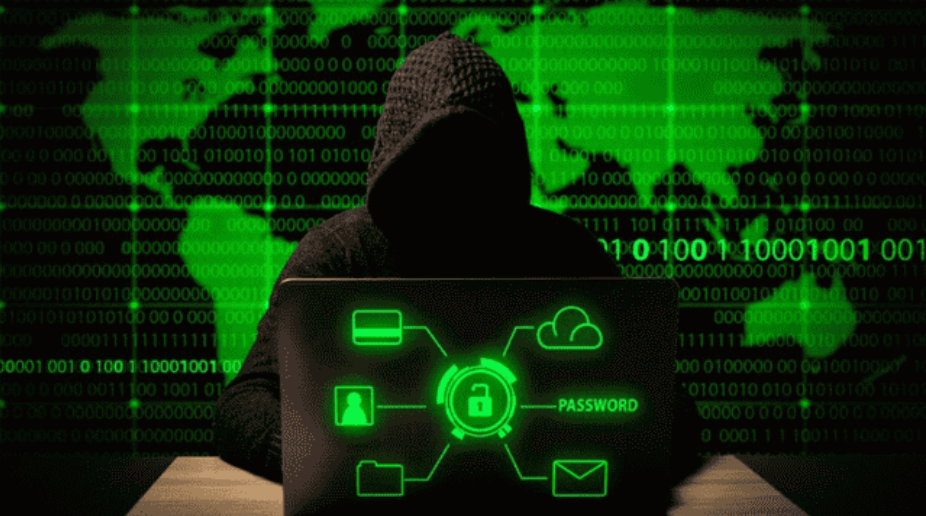In 2025, businesses in Long Beach face an increasingly complex cybersecurity landscape shaped by advanced technologies, changing regulations, and more aggressive attackers. Small and mid-sized companies are no longer off the radar—cybercriminals are using automated tools and AI to target any organization with weak defenses. With threats evolving rapidly, staying informed about the latest trends is more important than ever. Long Beach businesses must take a proactive approach, combining strong policies, updated tools, and employee awareness to reduce risks. In this article, we cover the top cybersecurity trends to watch in 2025 and practical steps to prepare for them.
AI is Changing Both Cybersecurity and Cybercrime
Artificial intelligence (AI) has become a major tool in cybersecurity. AI can detect threats faster, sort through huge amounts of data, and even block attacks automatically. That’s a big help to small IT teams. But there’s another side to it. Cybercriminals are also using AI to create better scams. Some can build fake emails or websites that look nearly identical to the real thing. Others can use AI-generated voices or videos (called “deepfakes”) to trick employees into giving out passwords or making wire transfers.
What You Can Do:
- Use cybersecurity tools that include AI-based threat detection.
- Train your staff to identify fake emails and social engineering scams.
- Add extra steps to confirm financial transactions or sensitive data requests.
Zero Trust Security: Trust No Device or User by Default
The old approach of trusting people or devices inside your network is no longer safe. In 2025, more companies are switching to the Zero Trust model. This means no one is trusted automatically—even inside the network.
Every access request is checked, verified, and tracked. If someone tries to access a file or app, the system confirms their identity and checks for anything suspicious.
Steps to Start Using Zero Trust:
- Require multi-factor authentication (MFA) for all employees.
- Segment your network to limit who can access certain areas.
- Use tools that monitor and log user behavior continuously.
Ransomware-as-a-Service Is Making Attacks Easier
Ransomware used to be something only advanced hackers used. Now, it’s available for rent through what’s called Ransomware-as-a-Service (RaaS). Even people with little technical knowledge can launch attacks just by buying the tools online.
These attacks can freeze your files and demand payment to unlock them. Even if you pay, there’s no guarantee you’ll get your data back.
How to Stay Safe:
- Back up your data regularly and store it off your network.
- Use anti-ransomware software.
- Educate your team about phishing emails and suspicious links.
Quantum Computing May Break Current Encryption
Quantum computing is still in early stages, but it’s moving quickly. Once it becomes strong enough, it could break the encryption systems we rely on to keep data safe.
This means passwords, banking info, and confidential files could be at risk. In 2025, experts recommend starting to think about post-quantum encryption—ways to protect your data against this future threat.
Planning Ahead:
- Talk to your IT provider about quantum-safe encryption options.
- Audit your current encryption and security tools.
- Stay updated on developments from trusted sources like NIST.
Cloud Security Will Require Closer Attention
Many Long Beach businesses are now using cloud platforms like Microsoft 365, Google Workspace, or AWS. These tools are convenient—but they also bring new risks if not configured properly. In 2025, expect more attacks focused on cloud misconfigurations, weak access controls, or stolen login credentials.
Protecting Your Cloud:
- Use multi-factor authentication for all cloud accounts.
- Limit who has admin access to your cloud services.
- Audit your settings regularly to spot misconfigurations.
Deepfake Technology Is Making Scams Harder to Spot
Deepfakes are AI-generated videos or audio recordings that mimic real people. Attackers might fake the voice of a CEO asking an employee to transfer money or share sensitive files.
These scams are difficult to catch unless your staff knows what to look for.
Preventing Deepfake Attacks:
- Set up strict verification steps for wire transfers or confidential requests.
- Use internal code words or verification calls before approving anything unusual.
- Train employees to be cautious, even if a message seems to come from the top.
Cyber Insurance Will Have Tighter Requirements
Getting cyber insurance is one way to protect your business financially in case of a breach. But in 2025, many insurance companies will raise the bar. They may require that your company has certain tools or policies in place before they agree to cover you.
Some may check:
- Whether you use MFA
- If your backups are tested regularly
- How often you train employees
What to Do:
- Work with your IT provider to prepare for cyber insurance requirements.
- Document your security policies and controls.
- Review your coverage each year to ensure it meets your needs.
Supply Chain Attacks Are on the Rise
Attackers are no longer just targeting big companies—they’re going after the smaller vendors those companies work with. That means even if your business isn’t a household name, you could be the entry point for a much larger breach.
Steps to Improve Supply Chain Security:
- Assess your vendors’ cybersecurity practices.
- Set clear rules about how data is shared.
- Require vendors to notify you of security incidents right away.
Employee Cyber Awareness Is Still Your Best Defense
No matter how advanced your tools are, your employees can still be tricked. A clicked phishing link or reused password can open the door to a serious attack.
In 2025, regular training is not optional—it’s a must.
Easy Ways to Train Staff:
- Run phishing tests every quarter.
- Hold short monthly refreshers (10–15 minutes).
- Keep policies simple and easy to follow.
Local Businesses Are Prime Targets—Even in Long Beach
Some owners think their business is “too small” to be targeted. But attackers are now using automated tools to scan for weak systems, regardless of size.
Long Beach businesses, especially those in healthcare, finance, or professional services, hold valuable data—and are increasingly being targeted.
Local Risks to Watch:
- Outdated firewalls or antivirus tools
- Unpatched software
- Unsecured Wi-Fi networks
Why Choose Consilien IT Company?
Since 2001, Consilien IT Company has helped small and medium businesses in Long Beach and Southern California manage risks, reduce costs, and build secure systems. We understand the challenges you face—not just in technology, but also in planning, budgeting, and compliance. Our team brings a customer-first mindset and a deep understanding of local and industry-specific needs.
Here’s what we help our clients with:
- Selecting new, cost-effective technology
- Setting realistic IT budgets
- Recommending infrastructure and personnel based on your actual needs
- Writing practical data and IT policies
- Understanding how long your hardware and software will remain useful
- Meeting compliance requirements without overspending
Contact Consilien today for a free 30-minute consultation. If you qualify, we’ll also provide a free Data & Network Assessment (a $495 value) to help you understand your risks and opportunities.
Final Thoughts
Cybersecurity in 2025 is about more than just installing antivirus software. It’s about being aware, staying current, and working with the right partners. Whether it’s AI threats, cloud risks, or compliance pressure, every business in Long Beach needs a plan. Let Consilien IT Company help you build that plan. We’re committed to keeping your business safe, strong, and ready for what comes next.





